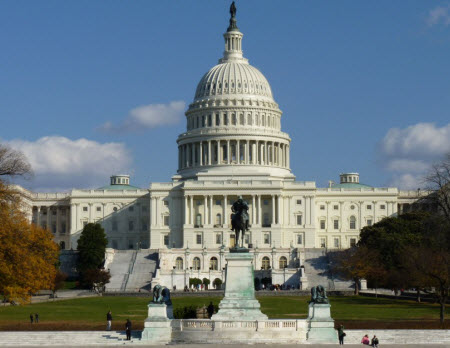Stakeholders Weigh in on Emergency Broadband Fund
NCTA said access to funds should be fair and equitable

The FCC hosted a virtual roundtable Friday (Feb. 12) on how to hand out billions of emergency broadband connectivity funds for low-income residents that Congress has allocated and asked the FCC to use its Lifeline low-income subsidy program framework to distribute.
Steve Morris, VP and deputy general counsel, said that among the keys to turning ISP "interest" into "participation" is making sure that the companies that have not had experience with the Lifeline program--90% of companies participating in the program are wireless--are on equal footing, which means getting training on unfamiliar Lifeline databases and processes.
Also Read: ISPs on Same Page on Broadband Fund
He also said that since the program is temporary--a COVID-19 relief effort--the FCC should not overwhelm providers with obligations or it could discourage participation.
Trinity Thorpe-Lubneuski leads administration for Internet Essentials, the nation’s largest broadband adoption program, also participated in the roundtable.
She applauded the FCC's creation of a web site to promote the existence of the subsidy, which is up to $50 per month ($75 per month for tribal access), saying getting the word out is critical, as is a streamlined application process, particularly for applicants not familiar with the Lifeline program.
The smarter way to stay on top of broadcasting and cable industry. Sign up below
Contributing editor John Eggerton has been an editor and/or writer on media regulation, legislation and policy for over four decades, including covering the FCC, FTC, Congress, the major media trade associations, and the federal courts. In addition to Multichannel News and Broadcasting + Cable, his work has appeared in Radio World, TV Technology, TV Fax, This Week in Consumer Electronics, Variety and the Encyclopedia Britannica.

